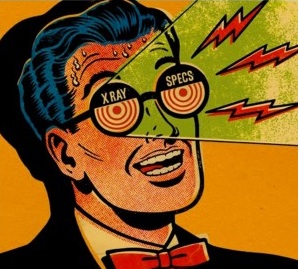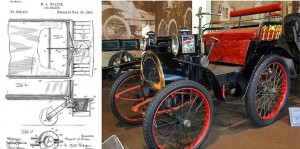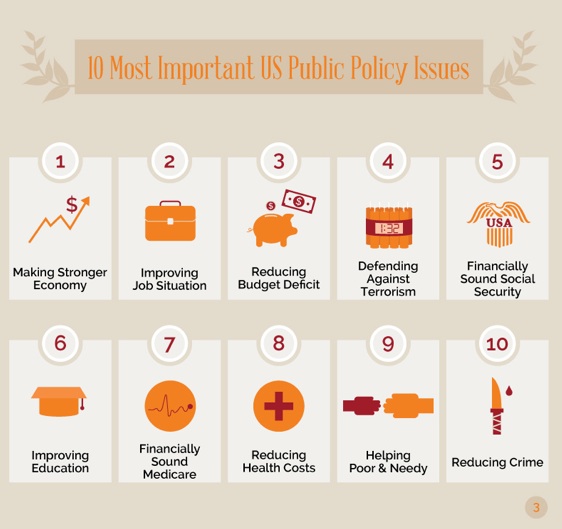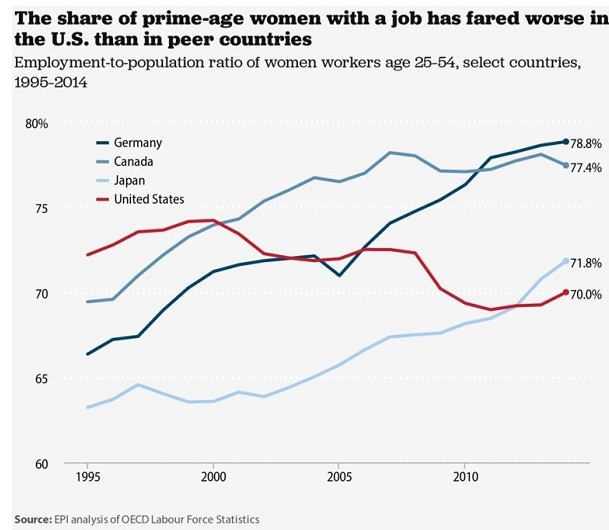X-ray vision, a comic book fantasy for decades, is becoming a reality in a lab at MIT.
A group of researchers led by Massachusetts Institute of Technology professor Dina Katabi has developed software that uses variations in radio signals to recognize human silhouettes through walls and track their movements.
Researchers say the technology will be able to help health care providers and families keep closer tabs on toddlers and the elderly, and it could be a new strategic tool for law enforcement and the military.
“Think of it just like cameras, except that it’s not a camera,” said Fadel Adib, a researcher on the MIT team developing the device.
“It’s a sensor that can monitor people and allow you to control devices just by pointing at them,” he said.
Work began in 2012 to determine how wireless signals could be used to “see” what’s happening in another room, said Katabi, who directs the MIT Wireless Center.
“At first we were just interested . . . can you at all use wireless signals to detect what’s happening in occluded spaces, behind a wall, couch, something like that,” Katabi said.
An RF-Capture device displays the signal on a screen, where the person’s movements can be tracked in real time. It depicts the target as a red dot moving around the room, occupying a chair and speeding up or slowing down.
The wireless signals used to track a person’s motions also can measure the individual’s breathing and heart rate — and potentially identify the person based on the shape of his or her skeleton, said researcher Zach Kabelac.
“The person won’t be wearing anything on them, and the person it’s tracking doesn’t even need to know the device is there,” Kabelac said.
“If something unfortunate happens to them, like a fall, the device will contact the caregiver that they chose to alert” by generating a text message or an email, he added.
That makes health care applications especially interesting.
A company set up to market the technology, now dubbed Emerald, will spin out of the MIT lab next year, with a goal of marketing the device early in 2017, and it’s expected to sell for $250 to $300, Adib said. The team is working to make the device smaller and to develop an interface that will let users configure it through a smartphone app.
The technology raises questions about privacy rights and intrusion, and Adib said the team gave serious thought to those implications..







